|
|
|
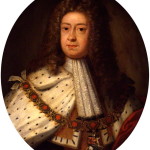
George I
1714-1727
George I was the first Hanoverian monarch and took over the throne on the death of Queen Anne in 1714 as the closest Protestant relative. On his arrival in Britain George, aged 54, neither spoke nor understood English and never lost his distinctive German habits. He ruled through his chief administrator, Robert Walpole – a practice that many monarchs later followed. He died in 1727 on a visit back to Hanover, where he was buried. |
|
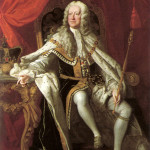 George II George II
1727-1760
As the only son of George I, George II ascended the throne on his father’s death in 1727. He ruled during the expansion of the British Empire in India and Canada and the Seven Years’ War but he let his ministers – Robert Walpole, William Pitt the Elder, John Carteret and the Pelhams – largely take control of these issues leaving him to quarrel with his son as he had done with his own father. He did, however, lead his troops into battle against the French in 1743 as the last British king to fight in battle and he was the last British monarch to be buried at Westminster Abbey. |
|
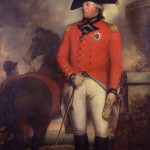 George III George III
1760-1820
George III succeeded his grandfather in 1760 following the death of his father nine years prior. He was the first Hanoverian king to speak English as a native, which led him to get much more involved in ruling matters. George III was eager to appoint his own government, end the Seven Years’ War and pay off some of the national debt but unfortunately these efforts did not work in his favour. His mistakes in selecting his own Parliament left him as the last of the British monarchs to have a real say in the selection and dismissal of government. He is noted for his actions that led to the loss of the American colonies. The end of his term was marred by bad health (he is often referred to as the ‘Mad King George’ and his eldest son became regent and assumed power, uniting Great Britain and Ireland under the Act of Union of 1801. |
|
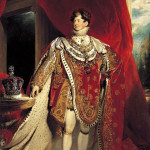
George IV
1820-1830
George IV was an extravagant king. Like the Hanoverian kings before him, he had notoriously bad relations with his father who did not approve of his overindulgent and self-destructive lifestyle. He did not have much interest in government or ruling as a monarch but he was a keen and important patron of the arts. His vast spending resulted in the acquisition of an impressive collection of art and the patronage of many architects and designers. His most famous flight of fancy was the Royal Pavilion in Brighton, which blended an exotic combination of Indian and Chinese influences. You’ll also see his influences in Buckingham Palace, Windsor Castle, around Regent’s Park and Regent’s Street. He was celebrated for his visits to Scotland and Ireland as he was the first Hanoverian monarch to do so. Later on in life, George IV’s health gradually declined and he ensconced himself at Windsor Castle with his final mistress before dying in 1830. |
|
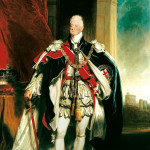
William IV
1830-1837
William IV was the third son of George III and joined the Royal Navy at the age of 13 as he was not expected to become king. However when his brother George IV died in 1830 without an heir, William became king. He became popular in contrast to his brother’s indulgent reign – he insisted on a simple coronation ceremony. His time was dominated by the Reform Act that he passed in 1832, which introduced a wide range of changes to the electoral system. He died in 1837 at Windsor Castle, leaving his young niece Victoria to assume the throne. |
|
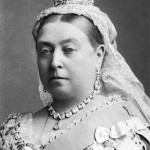 Victoria Victoria
1837-1901
Victoria became queen aged 18 and, after a relatively sheltered upbringing, enlisted Lord Melbourne, the Whig prime minister, as her political mentor to instruct her on both domestic and foreign matters. In 1840 Victoria married her first cousin, Prince Albert of Saxe-Coburg-Gotha, who greatly influenced her life and reign. Together they made significant and long-lasting contributions to the nation including the Great Exhibition and the growth of the British Empire. On Prince Albert’s death in 1861, Victoria descended into a deep mourning that marked the rest of her reign. She died in 1901 at her family seaside home, Osborne House on the Isle of Wight, after the longest reign on the British throne to date. |
|
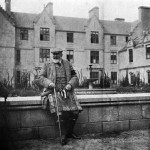 Edward VII Edward VII
1901-1910
The eldest son of Victoria and Albert, Edward VII assumed the throne in 1901 and marked the beginning of the Edwardian period. His mother’s reclusive mourning period meant Edward was called upon to represent her at state occasions and society gatherings. He flung himself into this role with vigour, igniting his love for food, wine, travel, women, gambling and horses. Once king, Edward became a vibrant leader. He resumed the practice of personally opening Parliament, influenced European foreign affairs and strengthened relations with France. He was the first British monarch to visit Russia and founded the Order of Merit for distinguished service in science, art or literature. He died in 1910 in the midst of a constitutional crisis about the Liberal budget of 1909. |
|
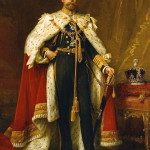 George V George V
1910-1936
George’s naval background provided him with the skills to be a calm and diplomatic leader. These qualities were necessary in a reign that was marked by many significant events – the First World War, the overthrow of the Russian Tsar, the Great Depression of the 1930s, the rise of Hitler and the Nazi regime and the looming Second World War. It was during George’s reign that the families name, Saxe-Coburg-Gotha was anglicised to Windsor due to the negative associations with Germany during wartime. George died in 1936 at his favourite country estate, Sandringham, and is buried at Windsor Castle. |
|
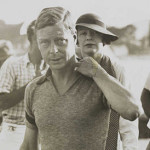 Edward VIII Edward VIII
1936
Edward VIII succeeded his father but his short reign was disrupted by a certain American he met before his father died in 1936. Wallis Simpson, the wife of an American businessman, was granted divorce from her husband soon after Edward became king, which put him in a difficult situation. He wanted to marry Simpson but as the head of the Church of England he was advised against marrying a married woman. With no apparent solution, Edward abdicated after less than a year on the throne. Whether it was an entirely romantic decision, or an easy way out of a role he didn’t fully wish to take on is unclear, but Edward went on to live abroad in mainly the Bahamas and France until he died in 1972 in Paris. |
|
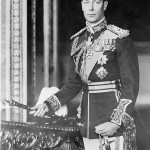 George VI George VI
1936-1952
George VI took on the throne suddenly at the abdication of his brother. He hadn’t expected to become king, nor was he very keen at the prospect. Naturally shy and nurturing a speech impediment which made public speaking extremely difficult, George, however, took on the role with courage and worked to overcome his inhibitions. He was the first British monarch to visit the US and created the George Cross for those who carried out acts of heroism during the Second World War. George VI and his family refused to leave London during the Blitz and his daughters, Elizabeth and Margaret, served in uniform, which helped garner much respect for the monarchy. During his reign George also helped to transform the British Empire into the Commonwealth of Nations and to help evolve a post-war Britain into a welfare state. He died in 1952 and was buried at Windsor Castle. |
|
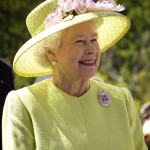 Elizabeth II Elizabeth II
1952- present
George VI’s eldest daughter succeeded her father in 1952 and has been on the throne now for over sixty years. Elizabeth married Prince Philip of Greece and Denmark in 1947 and together they have had four children: Charles, Andrew, Edward and Anne. She is known as the most widely travelled head of state in history. |
|
The heirs:
The Queen’s son Charles, Prince of Wales; his son William, Duke of Cambridge; and William’s son, Prince George of Cambridge. |
| |
|
|
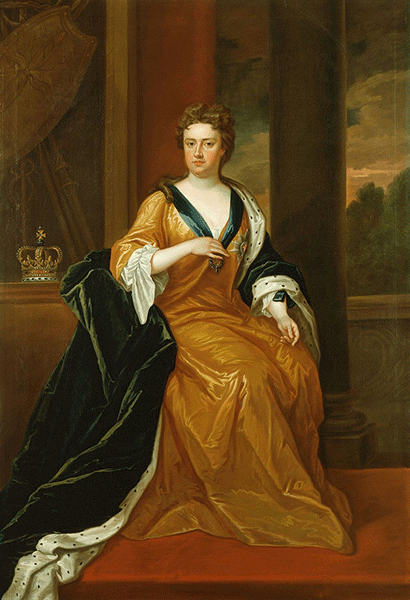


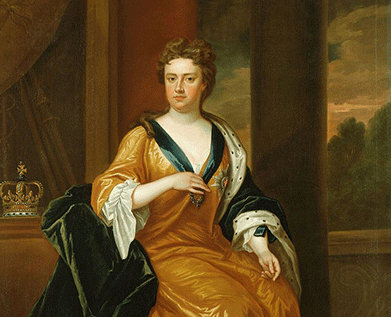

















 © 2024
© 2024